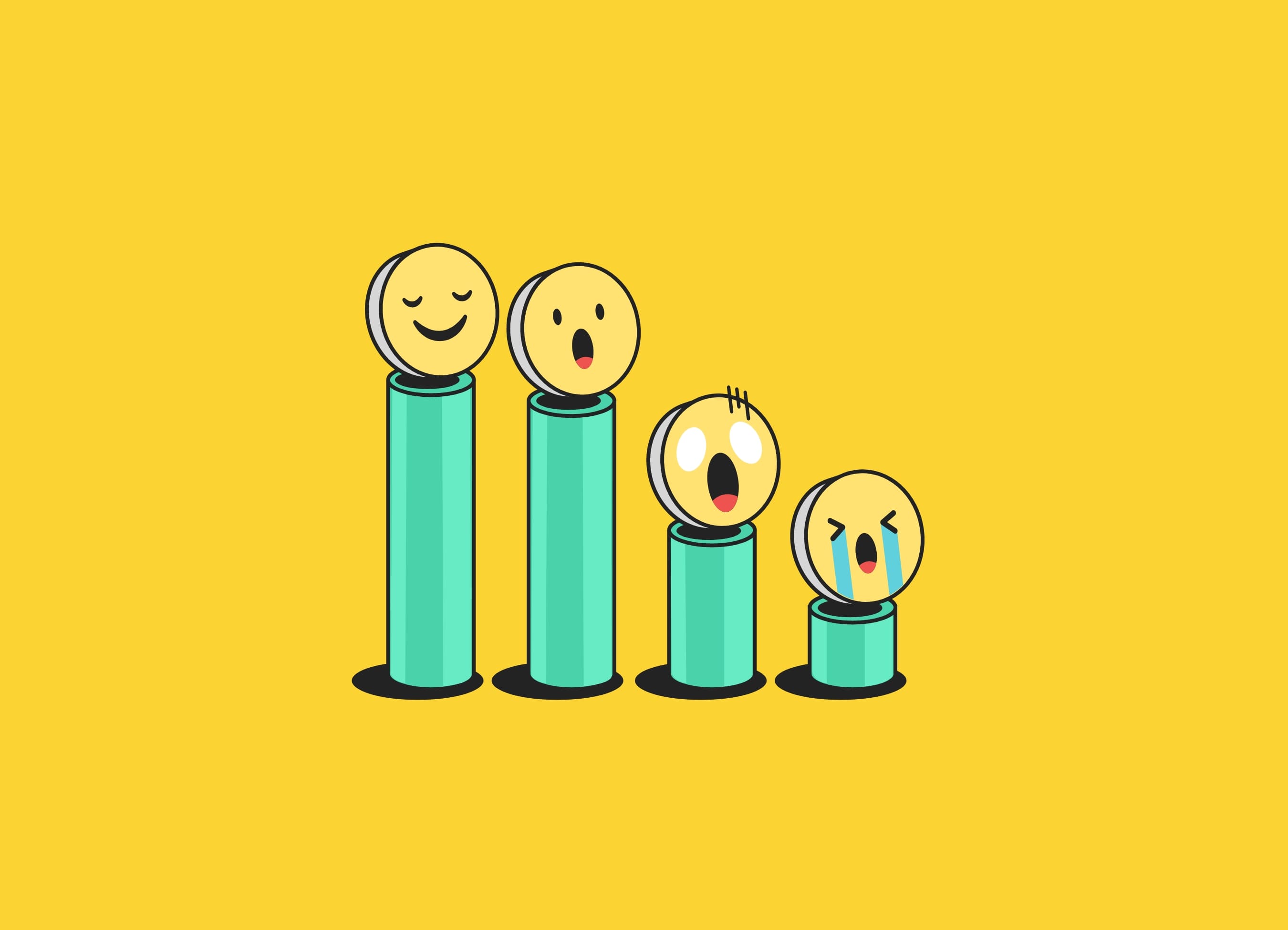An Introduction to Dividends

Dividends play a key role in the investing world, so we’ve put together a simple and handy guide to understanding how you can use them in your investing strategy.
When a company chooses to give a dividend, they are choosing to distribute a company’s earnings to their shareholders.
If you’re an investor in Unilever, for example, you’ll own shares in the company. If Unilever makes a profit and they choose to pay dividends on their shares, this money will get distributed to shareholders. The company will fix a certain amount of money to be distributed per share, so the amount that you ultimately get will depend on how many shares you have.
In the financial world, this is called ‘pro-rata’, which basically means ‘proportional’. Your share of what you receive from the dividends will be proportionate to how many shares you own.
Dividends are usually paid out in cash, with payments typically occurring at the end of every quarter (so four times a year).
Do you Know the only thing that gives me pleasure? it's to see my dividends coming in
- John D. Rockefeller - American Oil Industry Magnate & Philanthropist
Which investments pay dividends?
The easiest way to check is to look up the stock on a free financial research site like Yahoo Finance. Once you’ve searched it, stocks that pay dividends will show the most recent dividend date along with the amount. You can also check out which of our available stocks have paid out dividends in the past on our shares page.
What do I do with the cash?
Once you receive the cash, you have two options.
Firstly, you could simply take the cash and spend it. However, unless you are in your retirement and want to spend the money as it comes in, you may instead want to keep reinvesting the cash. This is called a dividend reinvestment.
A dividend reinvestment simply means that you re-invest the money straight back into the original investment. This means that your investment will grow over time as dividends get added to it; in turn meaning that the total amount of dividends you receive will grow in the future.
Explaining dividend yield
Getting slightly more technical now, the dividend yield is a ratio that shows the cash dividends that the stock pays relative to a stock’s price. This figure is represented as a percentage. The higher the percentage, the more money the stock pays out in dividends relative to the price you pay for a share.
A yield is normally calculated against the previous year’s dividend payments. As the figure is affected by the current price of a company’s stock, this is something that can change with time. Still, the figure helps to give you an indication of which stocks pay the best value dividends if and when you come to making that decision.
Grow your investments with dividends
By reinvesting your dividend payments, you can put yourself on a path to a growing investment portfolio. The more time you have in the market, the better, as you’ll have more time to accumulate dividends and make them work for you.


.jpg)
.jpg)
